Tips to help emergency service organizations create a facility inventory list.
In the event of fire, flood or other catastrophe resulting in the devastation of your entire facility, could you name every item in your station and provide accurate details on their values?
While it would be virtually impossible to do from memory, an up-to-date and comprehensive station inventory list could be utilized as a critical resource to help save time, simplify insurance claims processes and ensure you have the life-saving equipment, tools and facilities needed for your community when they call.
Here’s a brief overview of what your station inventory list could include:
- Building systems, including those related to heating, cooling, exhaust, air quality and energy.
- Items in your apparatus bay, including storage units, tools and equipment.
- PPE items, like coats, pants, helmets, gloves, hoods, footwear, eyewear and air packs.
- Housekeeping and lawncare equipment, including any laundry appliances or lawnmowers.
- Electronics, like computers, phones and radio systems.
- Kitchen items, including cooking equipment, appliances and tools.
- Furniture, like beds, desks and tables.
- Recreational and fitness items, including televisions and fitness equipment.
Here are a few details to include for each item in your inventory:
- Item name and amount of item (if applicable)
- Purchase price
- Brand or manufacturer of item, as well as make and/or model
- When & where the item was purchased
- Estimated current value of item
- Serial number (if applicable)
4 Tips to help you get started with your station inventory:
- Take stock: Decide the easiest way to record your inventory (could be electronically or by hand) and take supplemental photos or videos to help ensure you’re not missing any key items.
- Start with your high-value items: Identify and document your highest-value items, like building systems and major appliances, including refrigerators, ice machines, etc.
- Keep a back-up copy: Ensure you have an extra electronic and printed copy of your inventory.
- Be proactive: Once you have an inventory created, update it as new items are purchased to avoid an overwhelming or time-consuming task in the future. It’s also good practice to review it on at least an annual basis.
In the event of an already stressful and devastating situation, your station inventory list could make the difference between a swift recovery and a debilitating blow. So, while there’s undoubtedly no shortage of things for you to do, it’s likely a worthwhile project to add to your to-do list. Because it could be more than a document—it could be a lifeline.
Whether it’s for you, those you serve or both, it’s likely a worthwhile project to add to your to-do list.
DISCLAIMER
The information contained in this blog post is intended for educational purposes only and is not intended to replace expert advice in connection with the topics presented. Glatfelter specifically disclaims any liability for any act or omission by any person or entity in connection with the preparation, use or implementation of plans, principles, concepts or information contained in this publication.
Glatfelter does not make any representation or warranty, expressed or implied, with respect to the results obtained by the use, adherence or implementation of the material contained in this publication. The implementation of the plans, principles, concepts or materials contained in this publication is not a guarantee that you will achieve a certain desired result. It is strongly recommended that you consult with a professional advisor, architect or other expert prior to the implementation of plans, principles, concepts or materials contained in this publication.
This blog post may contain the content of third parties and links to third party websites. Third party content and websites are owned and operated by an independent party over which Glatfelter has no control. Glatfelter makes no representation, warranty, or guarantee as to the accuracy, completeness, timeliness or reliability of any third party content. References to third party services, processes, products, or other information does not constitute or imply any endorsement, sponsorship or recommendation by Glatfelter, unless expressly stated otherwise.
Related posts
We asked 10 members of our VFIS Team to name one auto-related risk that they believe is underdiscussed in fire and EMS agencies. Here’s what they said.
Most volunteer fire departments rely heavily on POVs, but there are inherent risks you should know.
Establish a Emergency Vehicle Operations Program that includes driver/operator requirements to help ensure your vehicles are in the right hands.
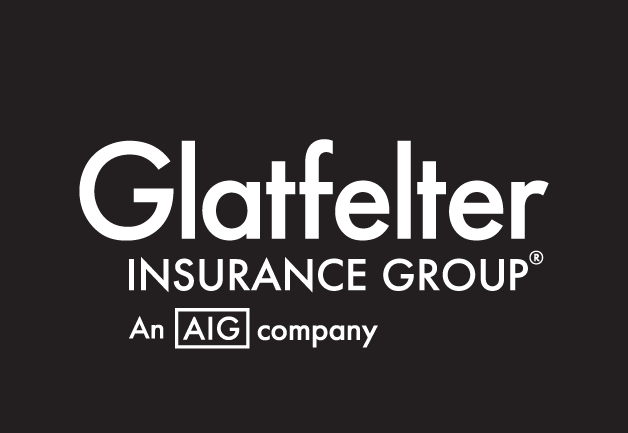

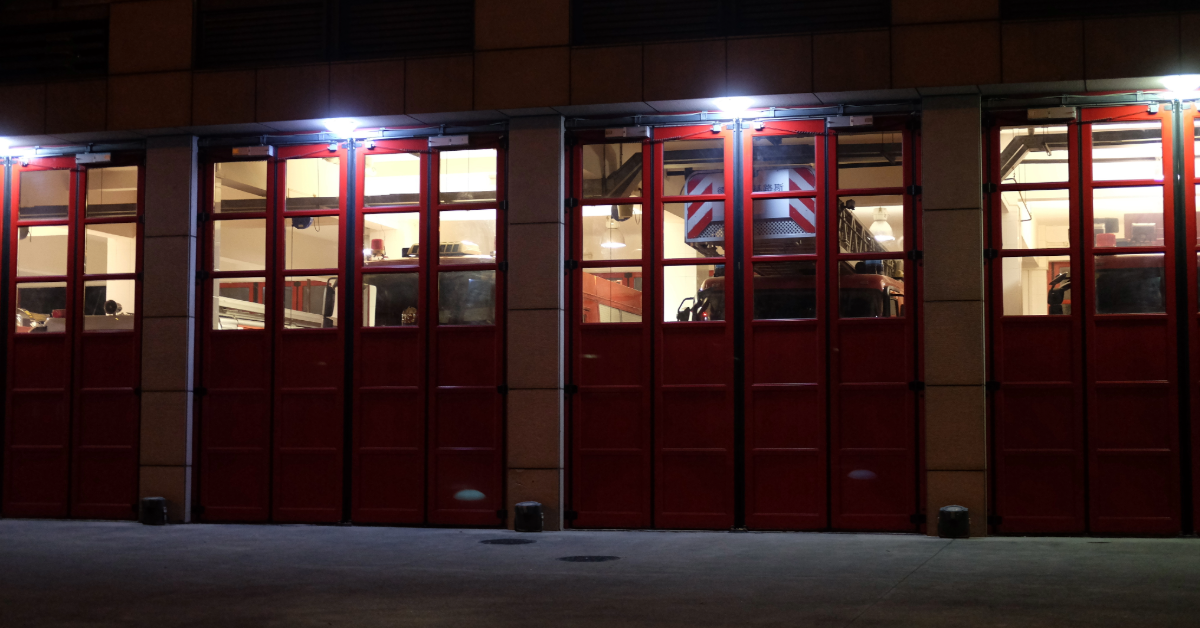

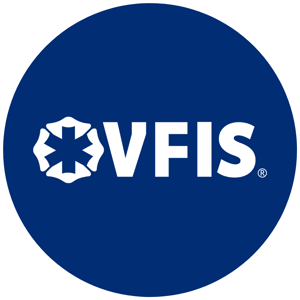
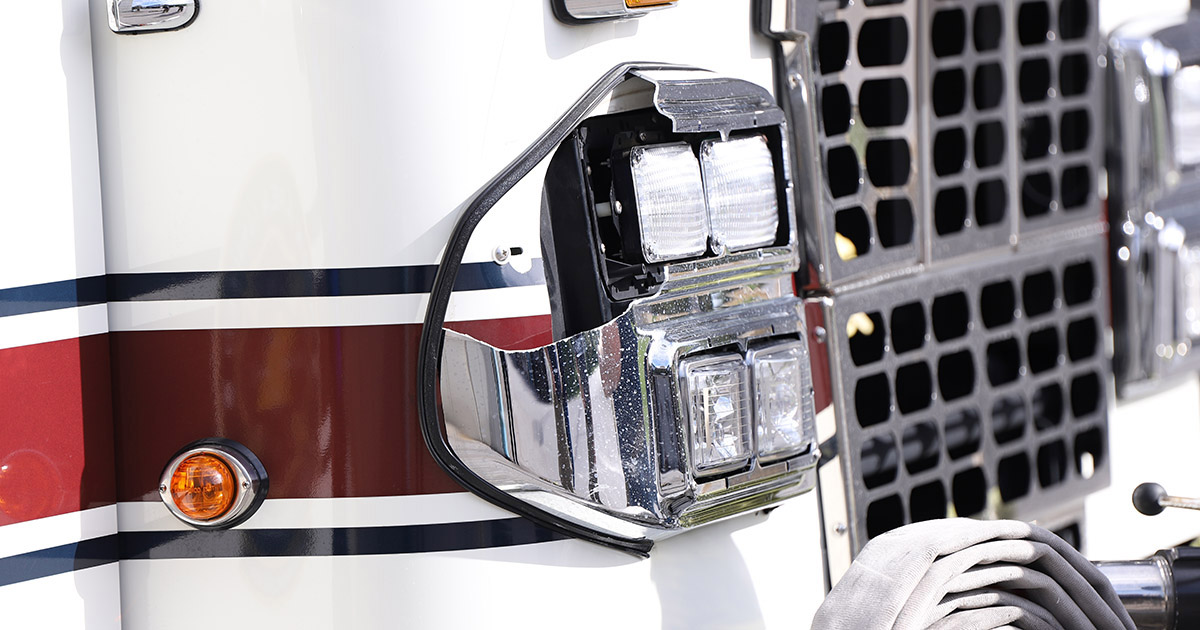

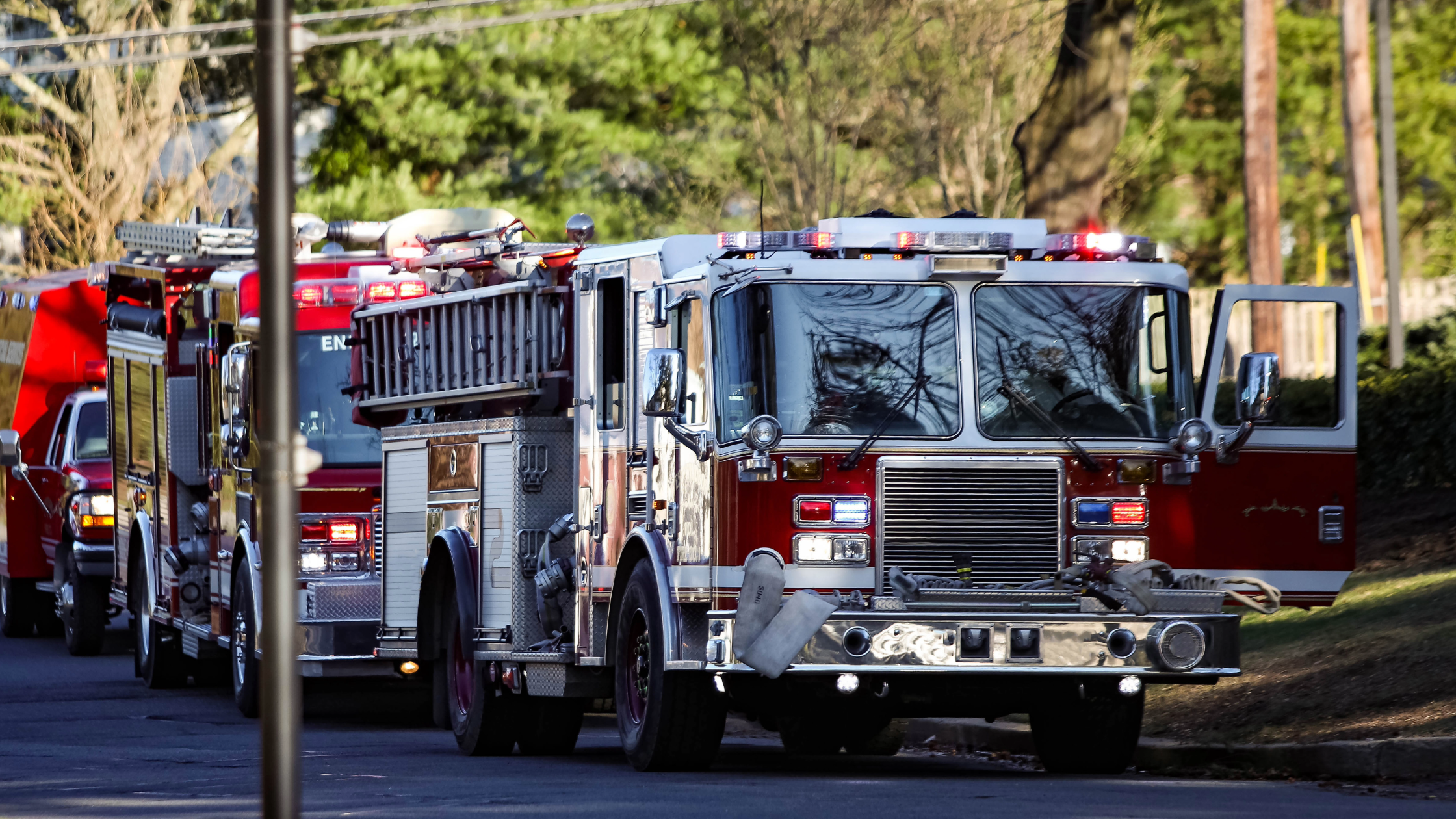

Submit a Comment